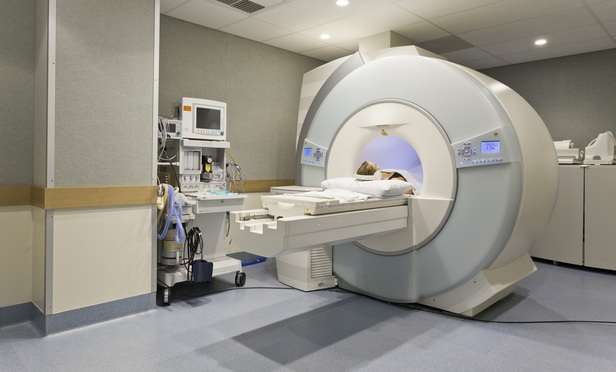A late-career ad man came home from work one day, strangled his wife and threw her out their high-rise window in New York City. In his defense, he sought to introduce into evidence subsequent brain scans that showed a very large cyst compressing his frontal lobes (People v. Weinstein). Should such scans be admitted? If so, should they make any difference?
The U.S. Supreme Court recently ruled (in Montgomery v. Louisiana) that the “no mandatory life without parole for juveniles” principle is retroactive because, among other things, adolescents deserve to have a meaningful opportunity for reform, and to demonstrate that they have matured. Will recent neuroscientific and behavioral findings about young adults, which suggest that in emotionally charged situations they behave more like juveniles than like older adults, affect sentencing for young adult offenders? Should they?
This content has been archived. It is available through our partners, LexisNexis® and Bloomberg Law.
To view this content, please continue to their sites.
Not a Lexis Subscriber?
Subscribe Now
Not a Bloomberg Law Subscriber?
Subscribe Now
LexisNexis® and Bloomberg Law are third party online distributors of the broad collection of current and archived versions of ALM's legal news publications. LexisNexis® and Bloomberg Law customers are able to access and use ALM's content, including content from the National Law Journal, The American Lawyer, Legaltech News, The New York Law Journal, and Corporate Counsel, as well as other sources of legal information.
For questions call 1-877-256-2472 or contact us at [email protected]





